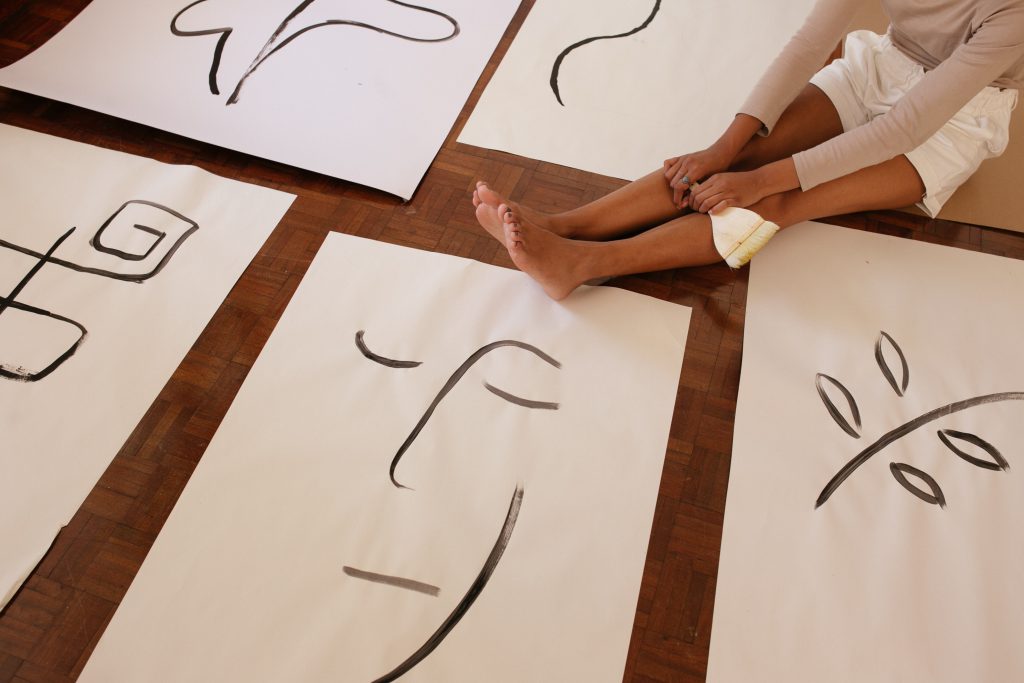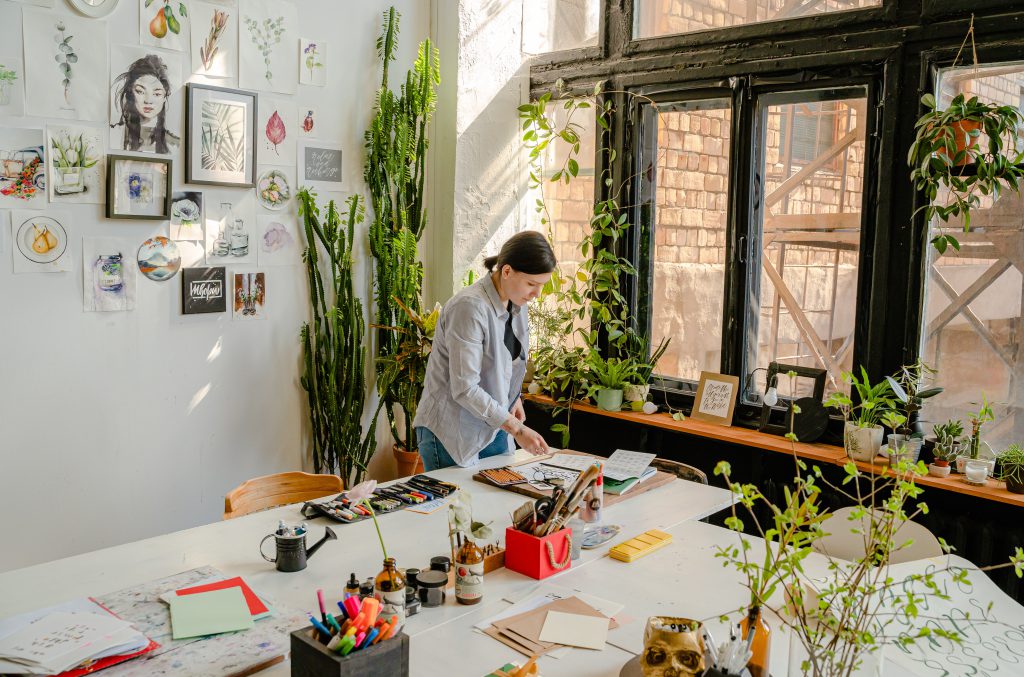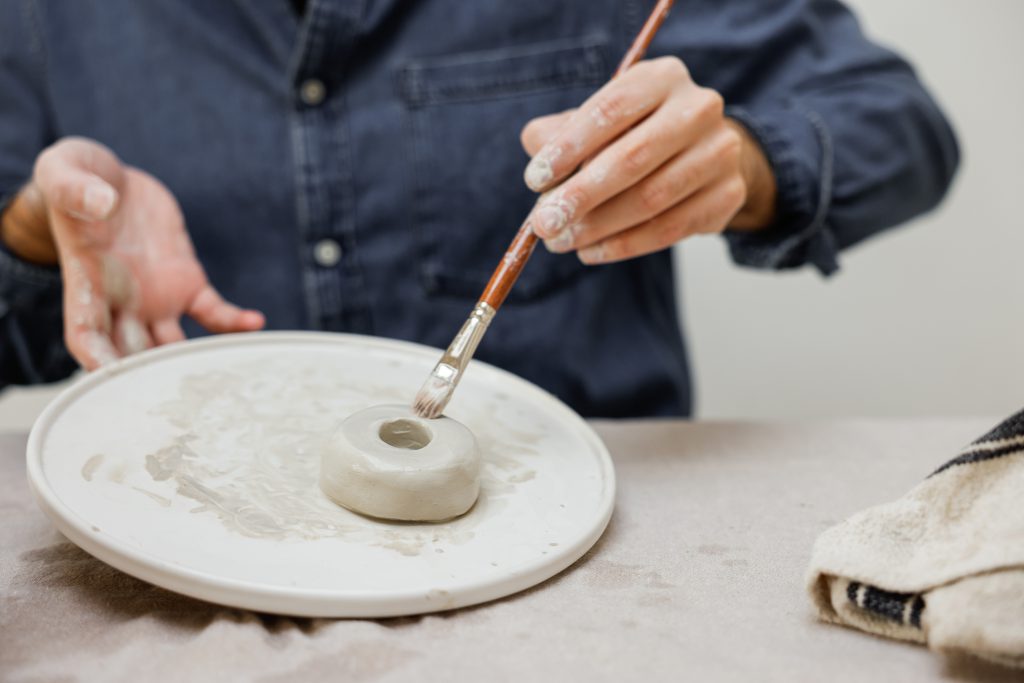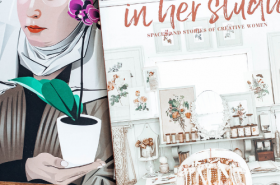
In today’s fast-paced world, having a creative haven in which you feel completely comfortable to make art and let your artistic skills flow holds immeasurable value. If you are a creative person, you likely already know how much the space around you, from the people you spend time with to the type of lighting, can affect your creative process. So whether you want to focus on becoming an artist full-time, or you are just looking to set aside a space dedicated to your favourite hobbies, here are some of the ways you can do exactly that!
Choose the Space
The first step in creating your creative haven is choosing the right space. It doesn’t have to be a massive room; even a corner of a room can work wonders. Consider factors like natural light, accessibility, and how much space your creative activities require. A spare bedroom, attic, office, or even a well-organised closet can be transformed into an art studio. Everyone is different; some people thrive in big, open studios, whereas others find cozy little painting nooks ideal for developing their next masterpiece!
Organise, organise, organise!
Keeping your art and crafting supplies organised is essential to creating a comfortable, usable creative space. Invest in (or make your own!) shelves, drawers, and storage containers to keep everything neat and easily accessible. Labeling your containers can save you valuable time and keep your creative process flowing smoothly. As hard as it can be sometimes, remember to put things back after each project.

Your creative space should reflect your personality and art style. Hang artwork you’ve created, display your favorite supplies, and add personal touches like photographs or mementos that inspire you. This will help create a sense of ownership and comfort in your creative sanctuary.
It Has to be Personal
Add a pinboard for storing inspiration from other artists. Whether its a leaflet you are given in the street, or a magazine clipping, having artwork that caught your eye readily available to look over at when you’re having trouble focusing is a great way of finding inspiration without going on your phone (which, of course, only ever results in more scrolling!).
A Space to Relax
In addition to your work area, consider adding a relaxation zone within your creative space. A cozy chair, a small bookshelf, or a comfortable rug can provide a spot for moments of rest and reflection. Regular breaks can be really helpful for avoiding a creative slump.

It’s Yours: So Customise It!
Tailor your studio to your specific needs. For painters, consider adding an easel that suits your style, while for jewelry makers, a well-organised workstation for small components can be a game-changer. Make your studio adaptable. Use furniture on wheels or modular storage units that can be rearranged as your needs evolve. This way, your studio can grow with your artistic journey. Use textiles like curtains, rugs, or cushions to add warmth and comfort to your space. You can choose colors and textures that resonate with your artistic style.
Comfortable Seating is a Must
If your creative process involves long hours of work, invest in a comfortable chair or stool with good lumbar support. Consider a swivel chair to easily move between different parts of your workspace.
Don’t Underestimate the Importance of Light!
Good lighting is crucial for any creative space. Natural light is ideal, so try to position your workspace near a window. If natural light is limited, invest in high-quality, adjustable LED or daylight-spectrum lamps to ensure that you have adequate illumination for your projects.
Remember, your art studio is a reflection of your creative spirit, so tailor it to your unique preferences and artistic pursuits!



